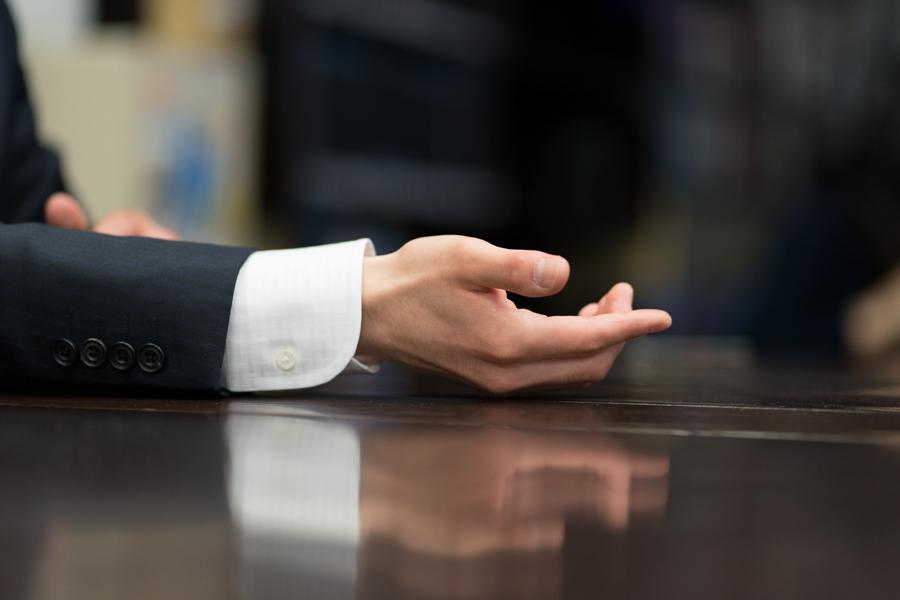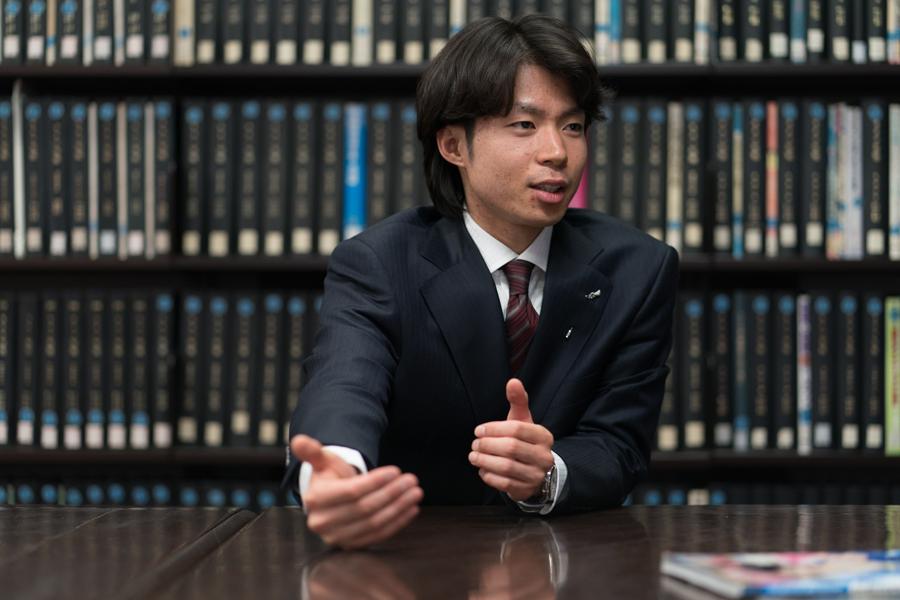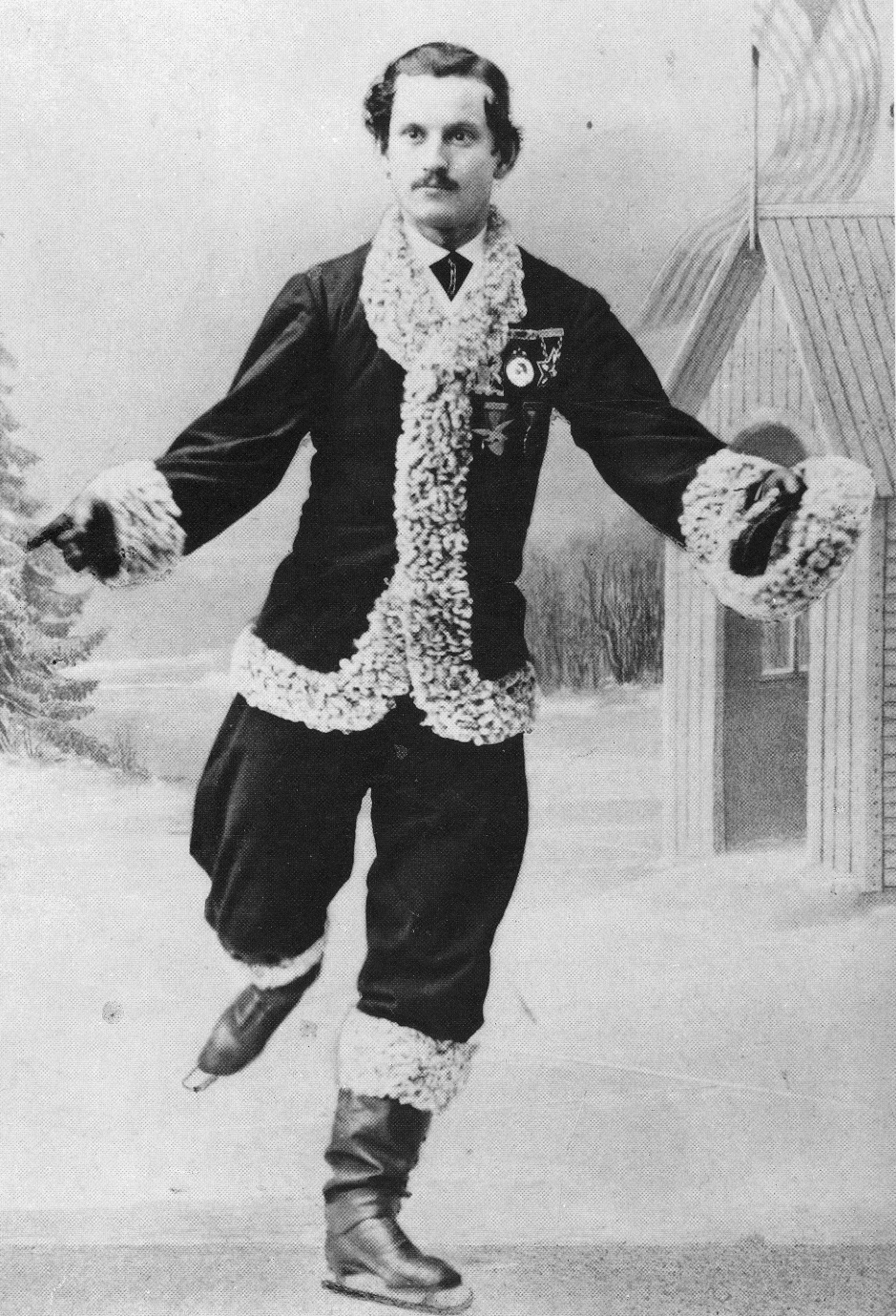
©JapanSports
#2 Figure skating is more than competition It is physical movement meant to be spectated and appreciated
ーThere are many current athletes enrolled in the School of Sports Sciences but there are also many students who enrolled after quitting sports. What kind of mindset do these students need to successfully engage in research?
Machida: I want them to knowthe sports world is not only made up of athletes, and exists within a large social structure. The Japan Sports Agency, a government administration established in 2015, formulates sports related policies which require expertise from sport management, sports law, sports government policy, and other academic fields.

In addition, mega sports events such as the Olympic Games and the World Cup are, after all, examples of industrialized sports and thus inextricably linked to the economy. This makes economic and business oriented points of view essential. In order to enhance athletes’ competitive edge, coaching-oriented mental support based in leadership theory and psychology, as well as biomechanics and nutritional science are incredibly important.
I learned 2018 Winter Olympics speed skating gold medalist, Kodaira Nao, and Nordic combined silver medalist, Akito Watabe (2011 School of Sports Sciences alumnus), used their biomechanics expertise to produce results.
There are various ways to contribute to the development of sports culture other than performing as an athlete. The idea that athletes are the leading actors in the sports world may be outdated. In other words, there would be no sports world without those who support it.
ーWhat we call “sports” isn’t only made up of athletes performing on the center stage, but also those involved in government, science, economics, and more.
Machida: Yes. It’s very important athletes are aware of this. An athletic career will inevitably end. By studying sports sciences and learning about the scope of sports culture, one can become aware of the many possible careers available to them after retiring.
Personally, I grew more confident after deciding to pursue a second career as a researcher two years before retiring. I believe this is why I was able to place fifth at the Sochi Olympics and win the silver medal at the World Figure Skating Championships in my final year as a competitor.

ーBy deciding on your second career, you were able to focus on your competitions. Do you think this is the same for students not involved in sports?
Machida: I think it’s the same. Through their studies at university, students become aware of how they should pursue a career after graduating. This is one of the most significant aspects of studying at university. To find one’s ideal career it’s vital one studies and expands their perspective on various subjects.
ーHow do you hope to use your research to contribute to sports?
Machida: At the moment, I don’t plan to use my research to provide direct support as a coach or tournament administrator. More so I want to offer responsible proposals with the future, whether it be 50 years in the future or 100 years in the future, of figure skating and other artistic sports in mind. I believe one must understand the essence of artistic sports in order to make such proposals.
※”Artistic Sports” is a term coined by Machida to refer to figure skating, rhythmic gymnastics, artistic swimming, and other sports with musical accompaniment.

Jackson Haines (1840–1875)
Figure skating evolved from ballet master Jackson Haines’s decision to introduce dance to ice skating, an activity generally characterized as one in which skaters trace the same figure eight patterns on ice. Artistic swimming, too, evolved from what used to be “arctic ballet.”
These activities weren’t just competitions, but part of a culture of physical movement meant to be spectated and appreciated. I want to conduct research which taps into this essence and supports the foundation upon which these sports can develop.
ーWhat is this “essence”?
Machida: A major allure of artistic sports is its fusion of athletics and the arts. If competitors were simply trying to out-jump or out-spin each other, there would be no need for music, choreography, or clothing. A central, indispensable aspect of artistic sports is dance, whose influence is widely acknowledged.







